How to Plan Your Content Strategy in 2024 Using Social Media Trends
- by Ilona K.

Table of contents
The ways users discover content and products is drastically changing in 2024. According to the Global Web Index (GWI), more consumers are now using social media platforms than search engines or TV to discover brands and products, making it more important than ever to plan a holistic content strategy across your website and social media. Learn how to keep your brand and website relevant online with it.com Domains.
New research from GWI shows that the world of social media is evolving at a lightspeed. Survey of over 1 million consumers globally offers insights into planning your brand presence online and defining your content strategy to connect with your audience. Let’s delve into three takeaways for planning an integrated content strategy across your website and social media channels to grow your business online.
Scrolls to Sales: Help users find your products
The first big trend to embrace is a changing role of social media in a purchase journey. More people now discover brands on social media than via search engines, and for 49% of respondents social platforms are a primary place to do their shopping-related research.
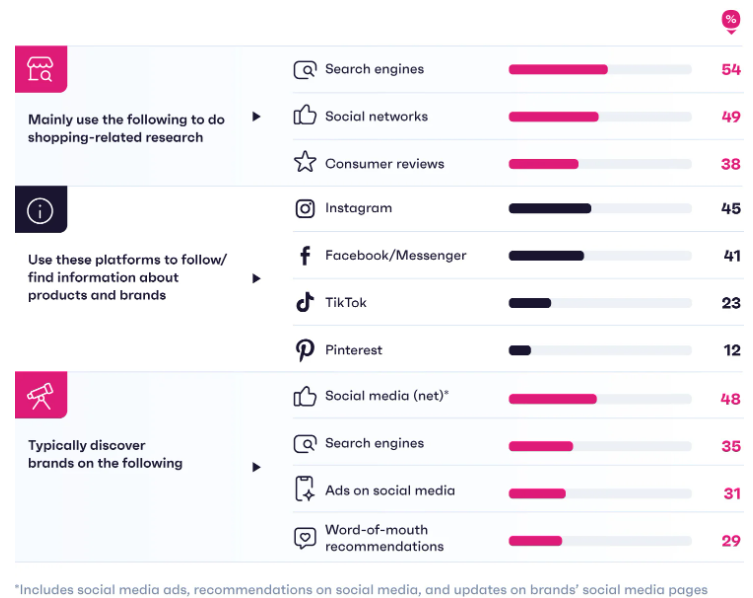
Indeed, social commerce revenue is set to reach $1.2 trillion this year and will grow by 31.6% per year, to reach $6.2 trillion by 2030. Platforms like Snapchat, Instagram, Pinterest and TikTok offer a variety of experiences for consumers to discover brands and products.
According to GWI data, 64% of Gen Z and millennials have made a purchase using social media in 2023. In the U.S. alone, it’s expected that ⅔ of TikTok users will be shopping on this platform by 2026.
How can you use this trend?
- Integrate your website and social platforms. Help your potential customers easily move between your website and social profiles: offer perks for following you, make it easy to share links to products, and add links to the website to your social media. And make the visual representation of your brand consistent across all platforms.
- Create visually engaging social media content. Consumers are looking for inspiration - yet, they are spoilt with choice. Use all tools at your disposal - from Pinterest moodboards to TikTok Lives - to encourage exploring your product portfolio.
- Start talking to Gen Alpha. Users aged 12-15 are growing their presence online, and while it’s crucial to bond with them early - it’s also important to do it with appropriate content. As a brand, you can either create products fully suitable for this audience - or use your website and social media to educate them.
- Stay on top of platform updates. Social media companies are relentlessly working on bringing more ecommerce tools to the market - from TikTok Shop to Meta’s integration with Amazon. Use the ones that best support your brand’s sales strategy.
- Ideate products to match trending ‘vibes’. Small and medium-sized businesses often have to run twice faster to stay ahead of competition. For example, after spotting the growing interest in pictures of David and Victoria Beckham from the 1990s in parachute pants on Pinterest, Jaded London released some of their own, and have sold over 200,000 pairs.
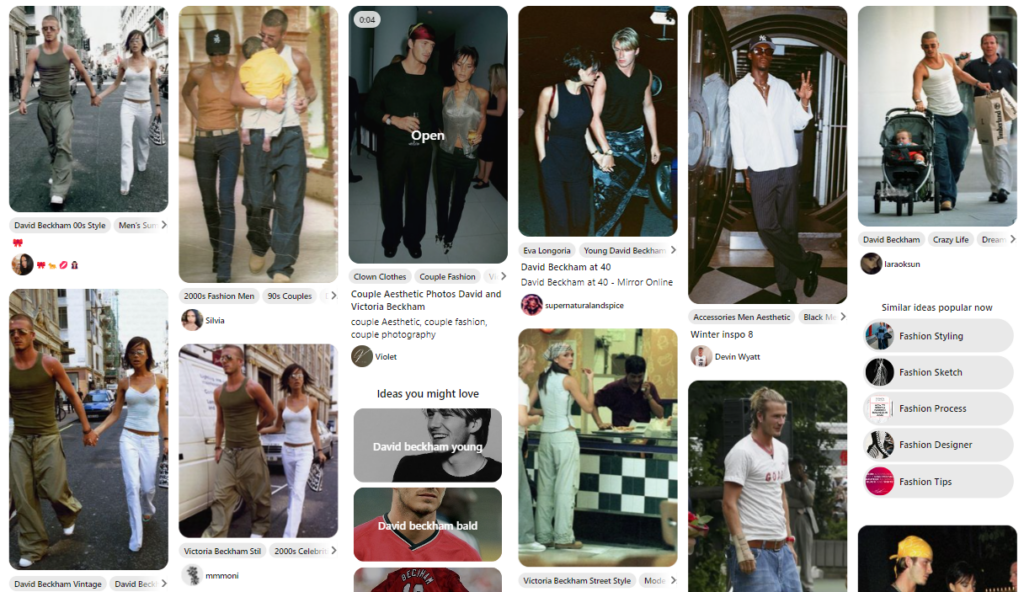
Favs and Vibes: Plan content across channels
It’s no secret that users from different generations have preferences when it comes to social media. GWI say that Facebook still leads by monthly engagement globally for millennials, Gen X and Baby boomers, coming third for Gen Z after Instagram and YouTube. This data debunks two myths: one being users ditching their Facebook, and another being TikTok as a leading platform for Gen Z.
Yet, TikTok confidently takes a spot amongst top social media choices for all demographics - and is the fastest growing platform amongst Gen X and Baby boomers. Pinterest and LinkedIn are the other two to watch: the first growing fast amongst Gen Z, and the latter - amongst millennials.
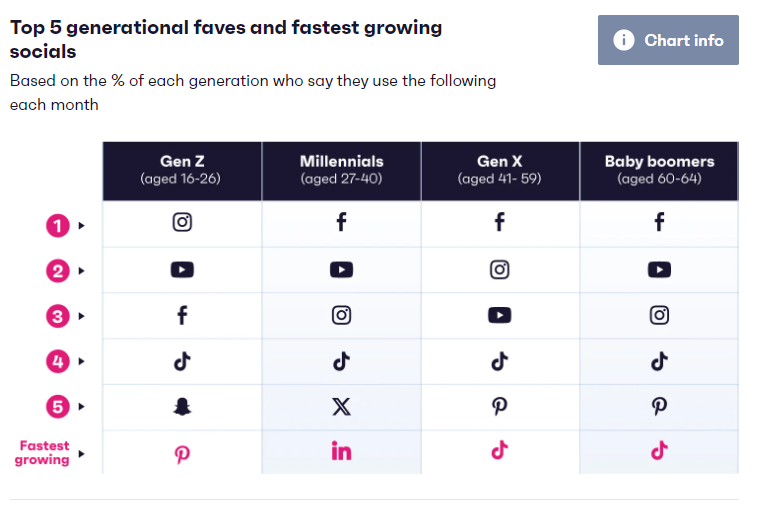
But it’s not not only the reach (as if the number of users on the platform monthly) that matters, but also a factor that GWI names ‘cultural power’, or a potential to influence users’ decisions.
For example, while TikTok is the 8th platform by reach, it is the 3rd by cultural power, and while Instagram and YouTube are behind Facebook by usage, they have more cultural power. In other words, these are the platforms where the trends are created and the conversations are started.
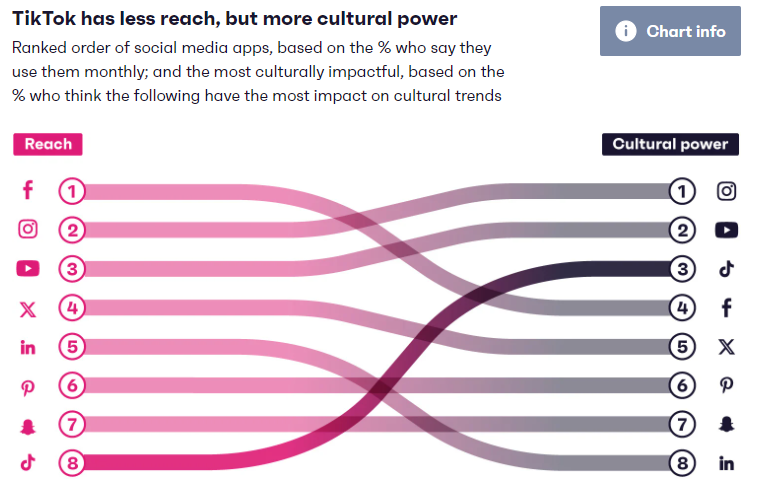
How can you use this trend?
- Prioritize your social media mix. As a business owner, you must already have a pretty good understanding of who your core (and potential) audiences are. When planning your content strategy, ensure your brand is where your users are.
- Create reactive content. Stay on top of what’s happening on Instagram, YouTube and TikTok - and if a new trend resonates with your brand, create relevant content. For example, Reiss have recently jumped on a ‘finance bro’ TikTok trend and recreated a flash mob, which was both on-trend and brand-relevant.
- Use social media trends on your website. Users move freely between the experiences your brand offers - from your website to social media and back. Ensure they see something they can relate to on your website - create landing pages in line with the latest trends on your audience’s favourite platform (e.g. ‘As seen on TikTok). Boohoo takes it to another level with the ‘Trends’ section on their website, where one of the latest ones is ‘Eras Tour Outfits’ related to the most recent Taylor Swift tour.
- Work with each platform’s vibe. While - especially for a small business - it’s tempting to just reuse content created for one social media on another, we don’t recommend doing so. Each platform has its own culture, language and, most importantly, ‘vibe’. So, when adapting a content piece for LinkedIn, try innovative and exclusive angles, and for YouTube - tweak it to create a trendy and cool vibe.

Video First: Use the power of visual content
Short-form video is one of the key social media trends. While TikTok dominates the space, Instagram Reels and YouTube Shorts take advantage of their larger user base platforms.
However, don’t rule out long-form video just yet. If you are running a business related to fitness, gaming or education, your audience might actually prefer long-form content. Moreover, the platforms are evolving to accommodate both formats: TikTok is testing 30-minute uploads, while you can post Reels on Instagram that are up to 15 minutes long.
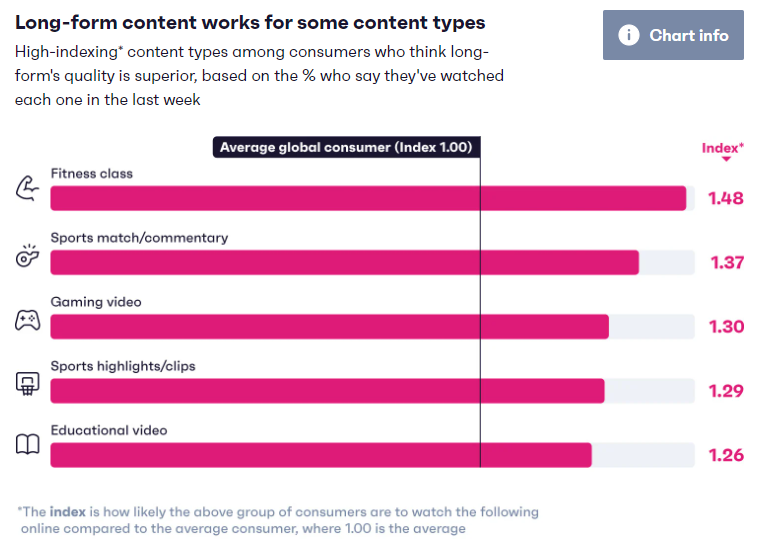
Finally, it’s worth looking into live shopping video experiences. Most social media platforms accommodate live streams, and live shopping, especially done in collaboration with relevant influencers, can drive your product discovery.
How can you use this trend?
- Invest in video content. While it sounds daunting, especially if your marketing budget is limited, it doesn’t have to be. Users respond well to authentic videos from brands and influencers they trust. Experiment with formats and platforms to find the ones resonating with your audiences.
- Engage the right influencers. 50% of marketers who collaborate with influencers plan to increase their investments in 2024. However, influencer collaborations don’t need to break the bank - endorsements from highly specialized micro-influencers who are considered experts in their field can yield high returns.
- Embed videos to your website. Content consumption patterns do not stop at social media. Users who land on your website can benefit from videos with product demos, tutorials, or even user-generated videos about your products and brand.
To sum up, a diverse content strategy which ties up your website and social media content together is a powerful way to grow your business online in 2024.
Want to stay up to date with key industry trends? Visit it.com Domains blog and follow us on social media.

Read also


